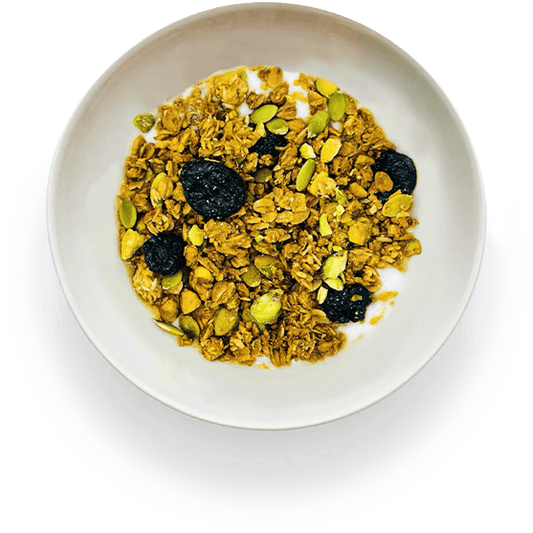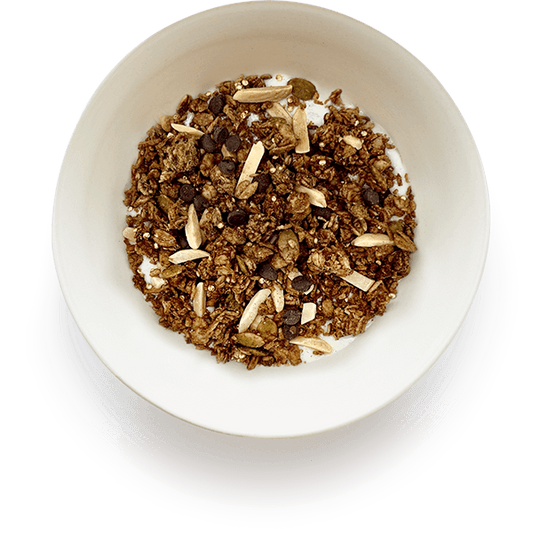Mastering Plant-Based Cooking: Tips & Techniques
By FireRoad
Frequently Asked Questions
1. What is plant-based cooking?
2. How can I find seasonal produce for my plant-based meals?
3. What are some essential cooking techniques for plant-based meals?
4. How can I meal prep effectively for plant-based cooking?
5. What are some creative plant-based ingredients to use in meals?
In the world of culinary adventures, plant-based cooking has taken center stage. As more people recognize the benefits of a plant-based diet, understanding the various techniques and tips for creating delicious meals is paramount. Whether you are a seasoned chef or a beginner, our guide on plant-based cooking techniques will inspire creativity in your kitchen. Let’s dive into the vibrant world of plant-based cuisine, explore essential tips and tricks, and uncover how to create mouthwatering dishes like a Tex-Mex breakfast bowl that packs a flavor punch!
The Essence of Plant-Based Cooking
Plant-based cooking is not just a trend; it’s a lifestyle that promotes health, sustainability, and creativity. By focusing on vegetables, grains, legumes, nuts, and seeds, you open up a world of flavor and endless culinary possibilities. Here are some core principles to keep in mind:
Embrace Seasonal Produce
One of the key factors in plant-based cooking is utilizing seasonal ingredients. Not only does seasonal produce taste better, but it also provides various nutrients essential for a well-balanced diet. Local farmers' markets are a fabulous source for fresh vegetables and fruits. Incorporating seasonal ingredients into your dishes like salads or a hearty vegetable stew ensures your meals are both delicious and nutritious.
Experiment with Herbs and Spices
Flavor is the heart of plant-based cooking. To elevate your dishes, don’t shy away from herbs and spices. Fresh herbs like basil, cilantro, and parsley add aromatic depth to any meal, while spices like cumin, paprika, and turmeric enhance the flavor profile. When preparing your Tex-Mex breakfast bowl, consider using fresh cilantro as a garnish for a burst of freshness, or a sprinkle of smoked paprika for that irresistible taste.
Cooking Techniques to Enhance Your Plant-Based Meals
Understanding various cooking techniques can dramatically enhance the overall taste and texture of your plant-based dishes. Here are some essential techniques to explore:
Sautéing
Sautéing vegetables in a bit of water or vegetable broth instead of oil can create flavorful dishes without excess calories. This method allows for the natural flavors of the vegetables to shine through. For instance, sautéing bell peppers, onions, and tomatoes can serve as a scrumptious base for a Tex-Mex breakfast bowl.
Roasting
Roasting is a transformative cooking method that intensifies the natural sweetness of vegetables. Preheat your oven to around 425°F (220°C), toss your choice of vegetables with seasoning, and let them roast until caramelized. This technique is perfect for root vegetables like sweet potatoes and carrots, which can add a delightful contrast of texture and flavor to your meals.
Steaming
Steaming preserves the nutrients in vegetables while maintaining their vibrant colors and crisp textures. Consider steaming broccoli, asparagus, or green beans as a side dish; not only are they healthy, but they also make for eye-catching presentations. Serve them alongside grains for a well-rounded meal or incorporate them into your recipes, such as in a veggie stir-fry.
Blending
When it comes to creating creamy sauces or soups, blending is an indispensable technique in plant-based cooking. Use a high-powered blender to create smooth textures from raw ingredients like cashews, avocados, or coconut milk. For example, a cashew cream can elevate a veggie pasta dish, adding richness without dairy.
Creative Plant-Based Ingredients
Finding unique and exciting plant-based ingredients can add a fun twist to your cooking. Here are some you might want to consider:
- Quinoa: A protein-packed grain that serves as an excellent base for salads and bowls.
- Chickpeas: Versatile legumes that can be roasted for a crunchy snack or blended into hummus.
- Jackfruit: A fantastic meat substitute with a texture that can resemble pulled pork when cooked.
- Nutritional Yeast: A cheesy-flavored, nutrient-rich ingredient perfect for sprucing up sauces and dishes.
Building Flavor with Broths and Stocks
Using vegetable broths and stocks can enhance the taste of your dishes dramatically. Simmering grains like rice or quinoa in broth instead of water infuses them with a delightful flavor right from the start. Likewise, when preparing soups or stews, incorporating a flavorful stock serves as the foundation for your dish, making each spoonful tantalizing. Consider adding a splash of tamari or coconut aminos for an umami depth.
Meal Prepping for Success
One of the significant advantages of plant-based cooking is the ability to meal prep efficiently. Here are tips to streamline your cooking process:
Batch Cooking
Prepare staple ingredients in bulk, such as grains, beans, or roasted vegetables. Store them in containers in the fridge to mix and match throughout the week. This method not only saves time but also reduces waste and allows for easy assembly of meals like the beloved Tex-Mex breakfast bowl.
Use Mason Jars for Salads
Layering ingredients in mason jars is an excellent way to keep salads fresh throughout the week. Start with the dressing at the bottom, followed by hearty vegetables, grains, and leafy greens on top. When you’re ready to eat, shake it up for a delicious and healthy meal!
Culinary Techniques for Flavor Enhancements
Beyond basic cooking methods, mastering advanced culinary techniques can take your plant-based meals to the next level:
Fermenting
Fermentation is a process that not only adds flavor but also boosts the nutritional value of your dishes. Try making your own sauerkraut or kimchi to add probiotics to your meals. Incorporating fermented vegetables into your Tex-Mex breakfast bowl can introduce a delightful tanginess that complements the dish.
Grilling
Grilling adds a lovely charred flavor to vegetables and can enhance their sweetness. Whether you’re using a grill pan or outdoor grill, consider grilling corn, peppers, or zucchini before adding them to salads or bowls. The smoky flavor will elevate your dish in a way everyone will enjoy.
Crafting Delectable Sauces
A well-made sauce can transform even the simplest plant-based dish into a spectacular meal. Here are a couple of recipes to inspire your creativity:
Spicy Avocado Dressing
This creamy avocado dressing is perfect for drizzling over salads or bowls.
Ingredients: - 1 ripe avocado - 1 tablespoon lime juice - 1 clove garlic - 1 small jalapeño (seeded for less heat) - Salt to taste - Water for thinning
Instructions: Blend all ingredients together until smooth. Add water as necessary until reaching desired consistency.
Coconut Curry Sauce
This vibrant sauce can be used in various dishes to add depth and richness.
Ingredients: - 1 can coconut milk - 2 tablespoons red curry paste - 1 tablespoon soy sauce - Optional: fresh cilantro for garnish
Instructions: Combine all ingredients in a saucepan and cook over low heat for 5-10 minutes, stirring frequently. Use it as a base for your stir-fries or drench over your favorite vegetables.
Final Thoughts: Unleash Your Culinary Creativity
Plant-based cooking opens the door to a world of flavors waiting to be explored. By mastering a variety of techniques and getting creative with ingredients, you can create satisfying, wholesome meals that not only taste great but also nourish your body. Remember, the joy of cooking is not just in the results but also in the process, so embrace every moment spent in the kitchen. As you craft dishes bursting with flavor, don’t forget to share your experiences and inspire others on this delicious journey of plant-based eating. Create your next masterpiece, and perhaps you'll find a new favorite version of the Tex-Mex breakfast bowl that everyone will love!











